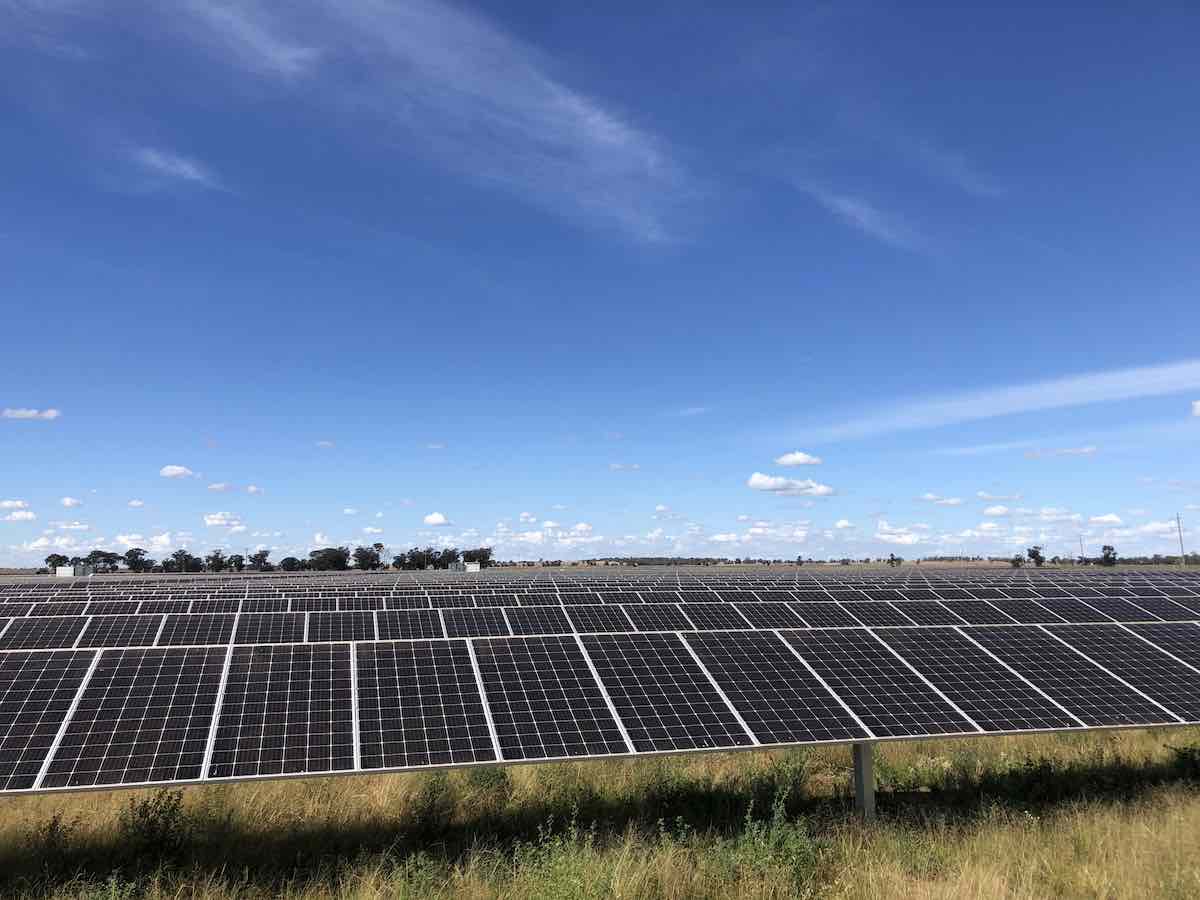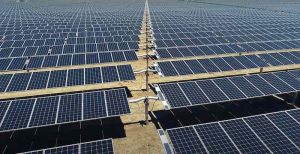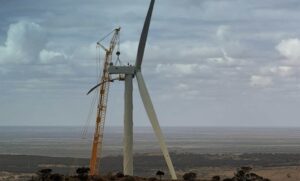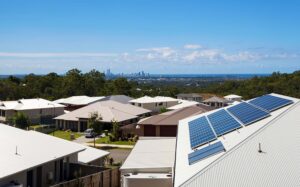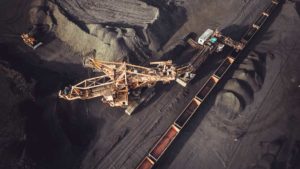The Clean Energy Finance Corporation (CEFC) is tripling its funding for smaller scale solar farms, increasing its allocation to the Mike Cannon-Brookes-backed Infradebt to $150 million from $50 million.
With developers supersizing solar and particularly wind farms, funding for small and medium developments is scarce, making it an area ripe for the government’s green bank to co-invest alongside Infradebt.
“The initial allocation of $50 million has performed well and there’s an ongoing need for funding in this space,” Infradebt CEO Alexander Austin told RenewEconomy.
“Over the time since they (the CEFC) invested alongside Infradebt Ethical Fund (IEF), it has grown and performed strongly, so it all makes sense to both increase the amount of capital available. Along with it, there’s been some minor tweaks to the eligibility rules in terms of allowed larger projects.”
Austin says the IEF has out performed its benchmarks, the Bloomberg Ausbond and Bank Bill indices, by 5 per cent a year since 2017.
Going small means going solar
The IEF uses debt finance to invest in renewable energy projects and social infrastructure, but the CEFC money is quarantined to renewables.
Given the size of the projects allowed under the mandate, it means all of the first nine projects were solar and it’s likely the next five to ten will be too, as the appetite for wind farms in Australia is for bigger and bigger projects.
The original mandate when the CEFC first signed on in 2019 was for projects up to 35 megawatts AC (MWac), although most of the first nine projects the duo backed were around the 5 MWac size, Austin says. The maximum size is now 50 MWac.
The nine projects include the 7 MW Leeton, Trundle, Peak Hill and Fiveborough solar farms.
The new funding will be for new projects and refinancings taking place over the next couple of years.
“This CEFC investment, with its focus on smaller scale generators, complements our focus on large-scale solar and wind generation, essential energy storage and grid transmission, all of which will play a critical role in powering our net zero future,” said CEFC renewables chief investment officer Monique Miller in a statement.
The broader IEF fund includes the 209 MW second stage of the Murra Warra wind farm, the 143 MW Yarranlea solar farm, and the 20 MW Swan Hill solar farm.
Funding for the small-to-medium end of renewables is rare in Australia. Infradebt launched its IEF fund in 2017, and UK private equity group Foresight launched a $150 million fund for that end of the sector in 2019, just before the CEFC signed on with Infradebt.
Backing big batteries up next
Infradebt recently closed the first round of funding for its second fund, the Energy Transition Fund (ETF), which plans to invest in six to eight big battery projects with a total capacity of 1.5-2 gigawatts (GW).
Austin says the first two projects backed by this fund, the Neoen Capital Battery in the ACT in October last year and Genex Power’s Bouldercombe BESS in Queensland in February 2022, should start operations in the second half of this year.
“We will be doing a second round of fundraising for that fund in June. We’ve got extremely strong transaction flow, but not anything that I can publicly announce at this time,” he says.
Neoen’s Capital Battery is a 100MW/200MWh lithium-ion facility being developed alongside the Queanbeyan substation.
The 50MW/100MWh Bouldercombe battery is about 20km southwest of Rockhampton in Queensland. Infradebt is the sole financer for the Bouldercombe BESS.

